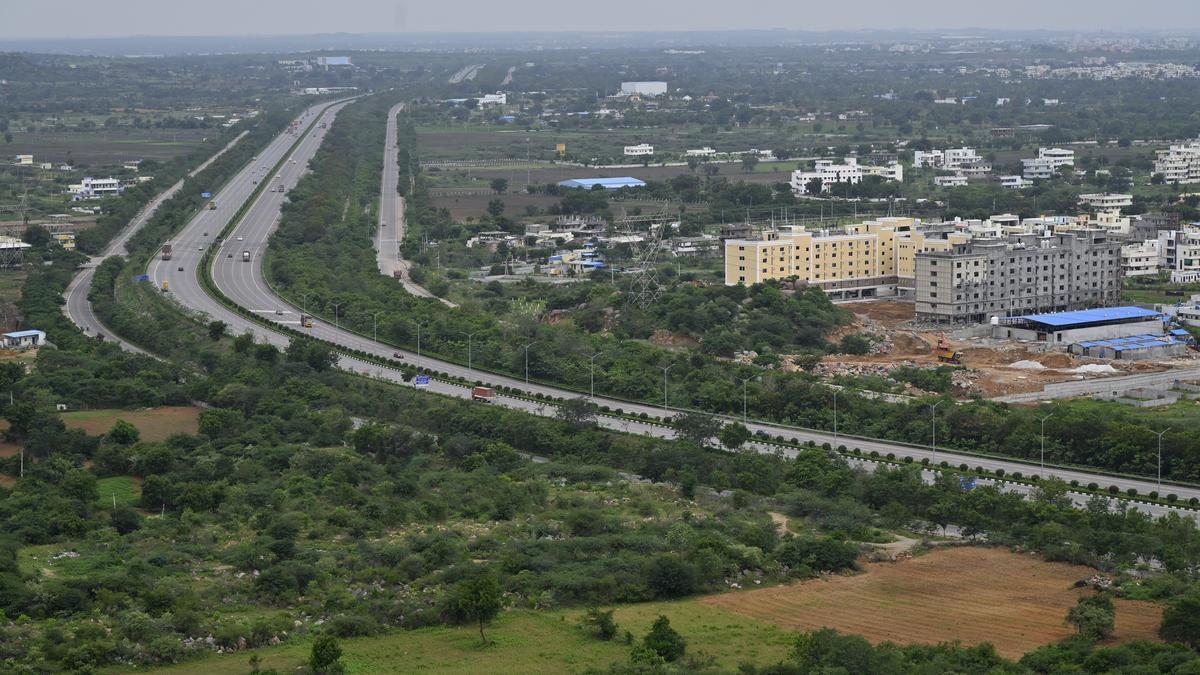
TCUR to be the next economic and development destination
The Hindu
Greater Hyderabad may give way to Telangana Core Urban Region, with LiDAR survey for comprehensive urban development planning.
Greater Hyderabad, which has so far been considered the State capital, may have to now make way for accommodating the Telangana Core Urban Region, as the next destination of development.
The government has classified all the areas within the Outer Ring Road as the TCUR, considering their economic and development potential. A survey will soon be taken up to improve planning and service delivery in the identified urban region.
Orders have been issued favouring a LiDAR (Light Detection and Ranging) survey which will capture the entire topography of the TCUR region, towards building a comprehensive GIS database for urban development.
Hyderabad Metropolitan Development Authority (HMDA) has been designated as the nodal authority for taking up the LiDAR survey. The survey will include GIS mapping of the entire area, ground truthing and analysis, to facilitate a series of urban planning reforms.
The survey seeks to achieve jurisdictional clarity among several departments, integration of infrastructure, assessment of service-level deficiencies, and a unified platform for different services from different departments, to facilitate ease of living and ease of doing business, the orders said. It involves a total 20 departments, TGRTC, Fire & Disaster Response, Civil Supplies, Remote Sensing, HMDA, GHMC, C&DMA, HYDRAA, TGSPDCL, HMWSSB, TGIIC, HMRL, DTCP, Public Health, Roads & Buildings, Telecom, ITE&C, Traffic Police and others.
Though representing only two percent of the total Telangana’s landmass, the TCUR significantly contributes to the Gross State Domestic Product, and in order to realise its potential as global investment destination, the government is making every effort to improve urban amenities and infrastructure, the orders mentioned.
The objectives are to unify the 2,053 square kilometre area with the city, establishing a unified planning framework for coordinated development, promoting interdepartmental coordination, identifying infrastructural gaps, fostering economic growth by promoting industries and generating employment, identifying potential revenue generating sources and sectors, protecting public assets, and others.





















 Run 3 Space | Play Space Running Game
Run 3 Space | Play Space Running Game Traffic Jam 3D | Online Racing Game
Traffic Jam 3D | Online Racing Game Duck Hunt | Play Old Classic Game
Duck Hunt | Play Old Classic Game











